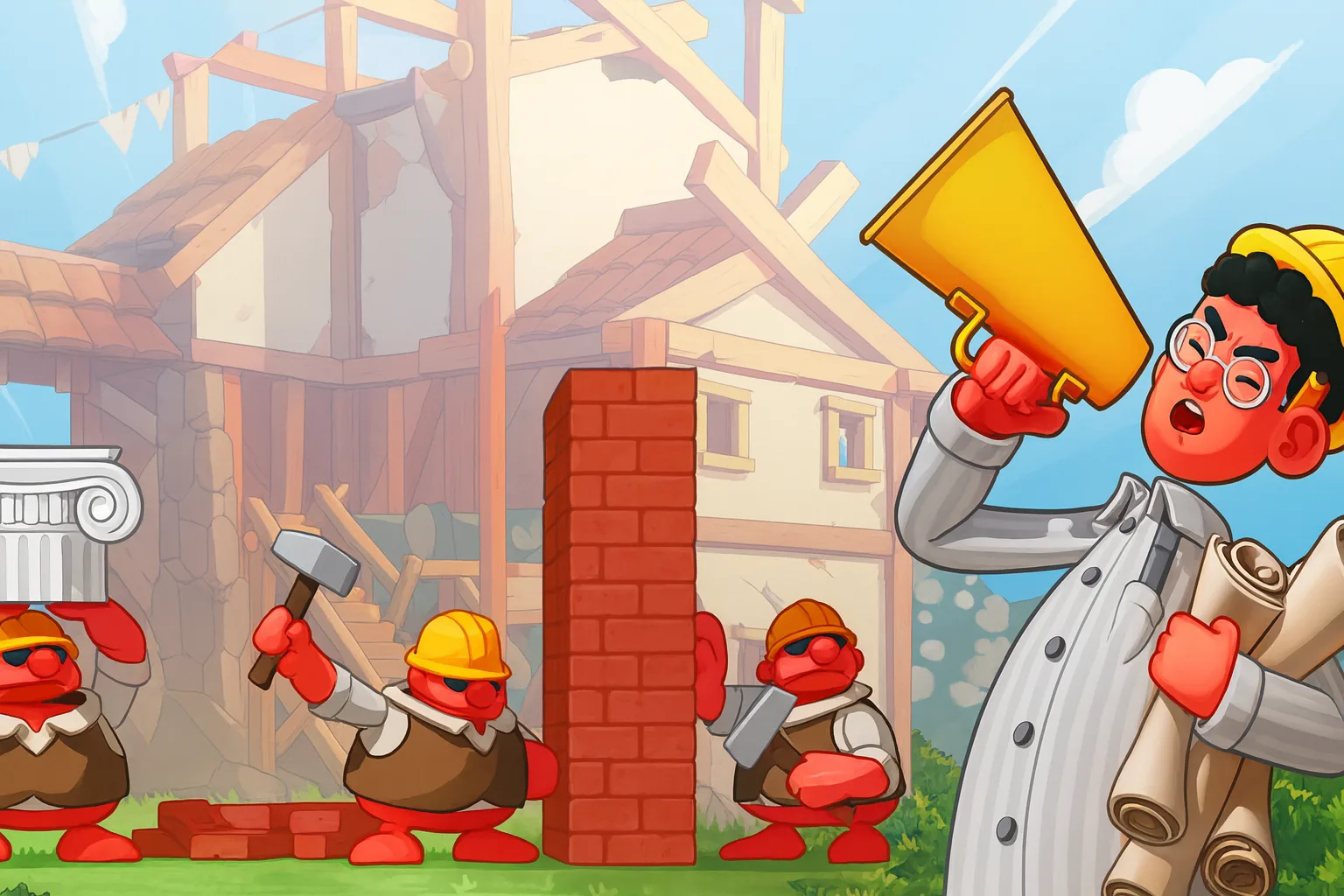If there’s one thing that never loses its charm, it’s building something from the ground up. Buildest steps onto Xbox with a bright idea — combine light strategy, time management, and teamwork into a colourful construction game that takes players across seven eras of human history. From ancient pyramids to modern marvels, it invites you to create great structures, manage workers, and maybe learn a little patience along the way.
But does this charming builder stack up to expectations, or does it crumble under its own blueprints?
Laying the Foundations
At first glance, Buildest looks like an easy win. It’s cheerful, simple to pick up, and the concept is immediately appealing. You’re the architect-foreman of your own mini empire, directing a crew of workers to gather, prepare, and assemble materials while keeping an eye on the clock.
Each level drops you into a different historical setting — the golden sands of Egypt, the marble columns of Greece, the bustle of industrial Europe. Your goal? Complete the construction to specification, on time, and without running out of supplies. It’s less about freeform creativity and more about executing a plan efficiently, and that distinction defines the experience.
There’s a strong party-game energy here, especially in co-op. With up to four players on Xbox, the construction site becomes organised chaos. One player chops wood, another hauls bricks, a third shouts orders through a megaphone, and somehow the building rises. When everyone’s in sync, it’s genuinely satisfying — a bit of Overcooked for the construction crowd.
Solo play, however, is a different story. You can handle everything yourself, but without teammates the game loses its spark. Managing every task alone makes the experience feel slower and more mechanical. It still works, but it’s clearly designed with co-op in mind.
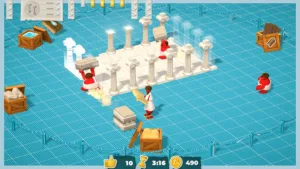
Gameplay – Follow the Blueprint
The gameplay loop is straightforward but engaging — select your blueprint, gather materials, process them, and direct your workers to complete the build. Each new era introduces unique materials and slightly more complex designs, but the fundamentals rarely change.
In the early stages, that rhythm feels enjoyable and even relaxing. However, after a few hours, repetition sets in. The blueprints are rigid, and the game doesn’t allow much personal creativity. You’re following a recipe rather than inventing one. That’s not a deal-breaker for a casual title, but it does limit replayability once you’ve seen all the eras.
The worker AI generally behaves well, though occasionally you’ll find one wandering off or stuck behind a pile of wood. It’s minor, but noticeable during busier builds. Tasks are quick mini-games — saw wood, shape stone, mix plaster — simple enough to keep things flowing without bogging you down.
It’s an easy game to understand, and that’s part of its appeal. Families, younger players, or anyone looking for something laid-back will find Buildest refreshingly accessible. It doesn’t demand long hours or deep systems — it’s designed for quick satisfaction and team enjoyment.
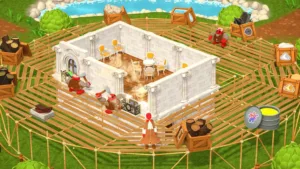
Visuals and Performance
Buildest embraces a playful art style that suits its tone perfectly. The visuals are clean and colourful, with exaggerated animations that make your tiny workers feel lively and expressive. Each era features distinct architecture and a pleasing sense of identity — you’ll know exactly when you’ve moved from the Renaissance to the early modern age.
On Xbox Series X/S, performance is rock solid. Load times are short, frame rates are smooth, and even in the middle of chaotic co-op sessions there’s little slowdown. The camera can be awkward when the site gets crowded, but it’s never game-breaking.
Sound design is equally upbeat. Era-themed music, clattering tools, and worker chatter all blend to create a lighthearted soundscape. It’s the sort of background audio that keeps you smiling even when things go wrong — which they often will.
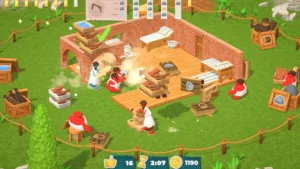
The Co-op Experience
If you plan to play Buildest, bring friends. The multiplayer transforms it from a pleasant puzzle into a genuine laugh-out-loud experience. The shared urgency of trying to finish a complex structure before time runs out creates the right mix of pressure and fun.
Tasks are easy to distribute, communication is key, and the satisfaction of seeing your completed monument after a frantic few minutes is pure joy. It’s short, sharp entertainment — ideal for local co-op nights or short online sessions.
Solo players won’t have quite the same experience. The pace slows, the repetition becomes more apparent, and the lack of free-build options means you’ll likely put it down after a few evenings. It’s a fun diversion, but not one that will fill your calendar.
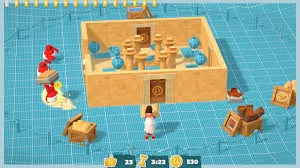
Final Thoughts
Buildest is a charming and functional builder that understands exactly what it wants to be. It doesn’t aim for deep simulation or sandbox freedom — it wants to offer a few hours of historical fun, preferably with a group of friends. In that sense, it succeeds.
The controls are smooth, the visuals are warm, and the co-op gameplay makes it easy to recommend for casual sessions. However, the lack of creative options, occasional clunky menus, and repetitive structure keep it from reaching the next level.
If you’re after a relaxing, teamwork-focused game that doesn’t demand too much, Buildest is worth adding to your Xbox library. Just don’t expect it to rival the heavyweights of the building genre — this is a smaller, more focused project, and that’s okay.
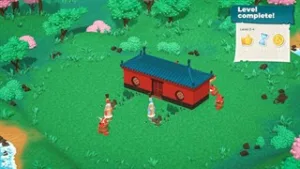
In a Nutshell
Buildest isn’t a towering monument in the genre, but it’s a solid structure with a sturdy foundation. A simple, satisfying co-op builder that knows its limits — and plays to its strengths.
A light, colourful co-op builder that’s best enjoyed with friends — good fun, even if it’s built to a smaller plan.
Overall
-
CX Score - 70%70%
Summary
Pros
-
Fun and frantic co-op gameplay that encourages teamwork.
-
Clean visuals and steady performance on Xbox.
-
Historical settings give each level its own flavour.
-
Accessible and easy to learn — great for families or casual players.
Cons
-
Creative freedom is limited by fixed blueprints.
-
Solo play loses much of the excitement.
-
Repetitive tasks can drag during longer sessions.
-
Minor camera and UI quirks during busy builds.

